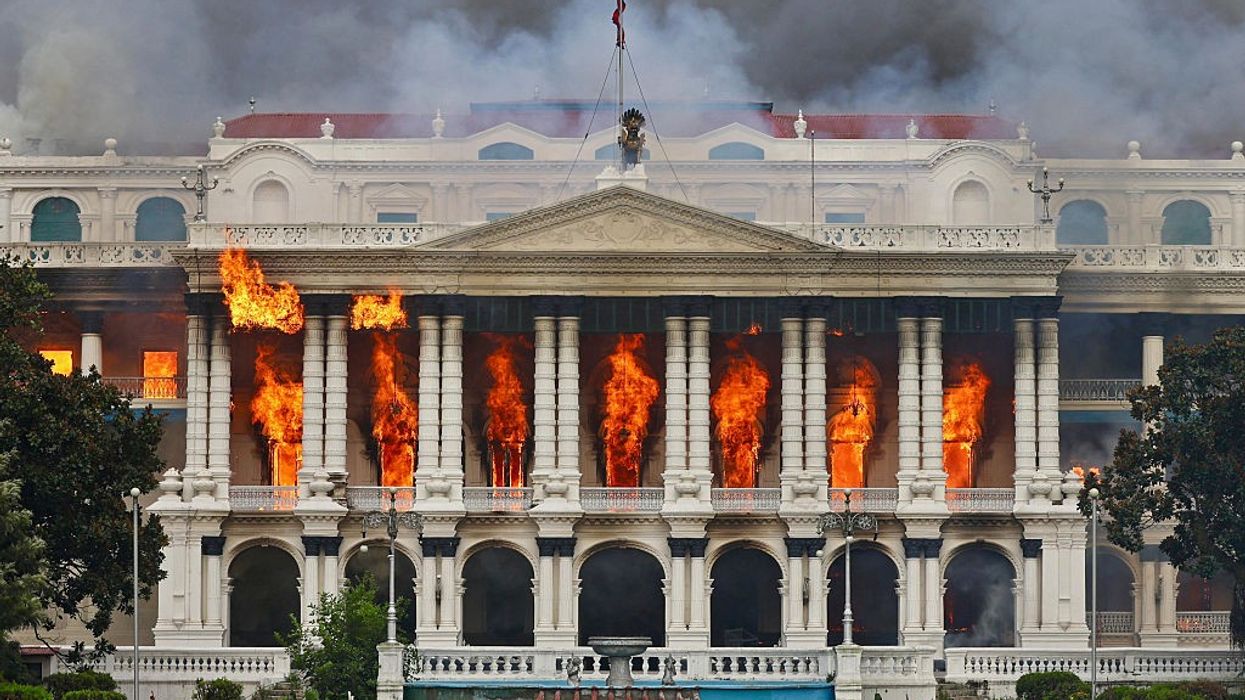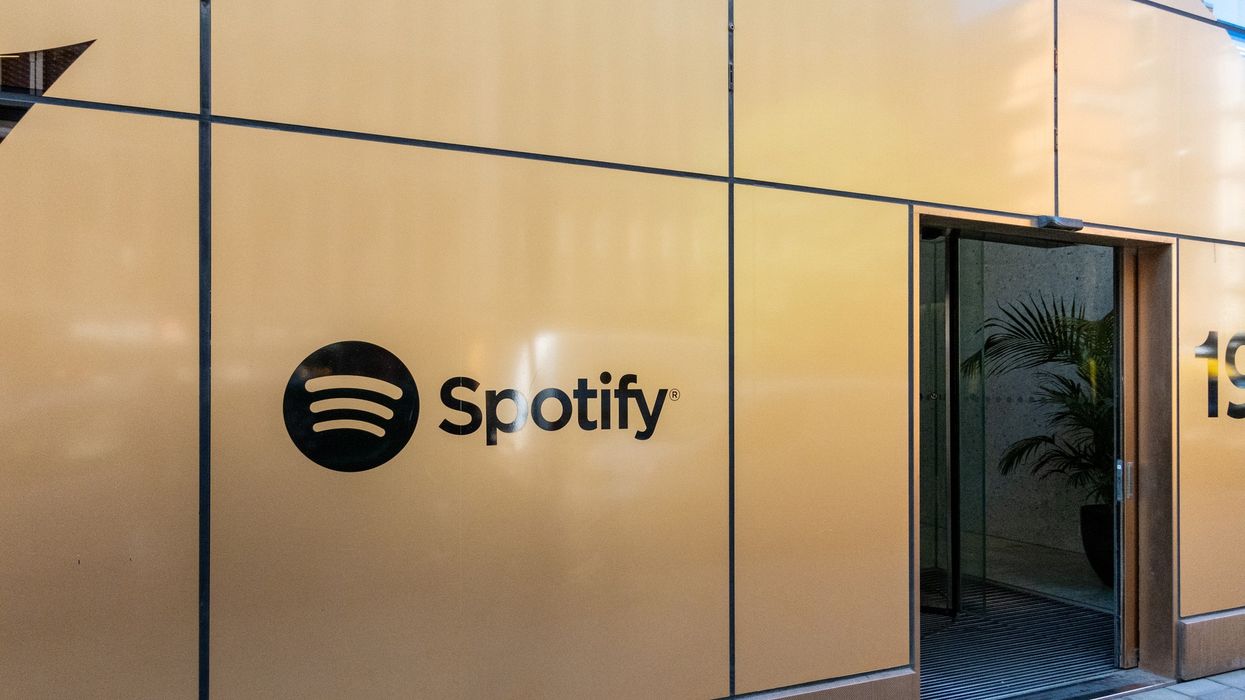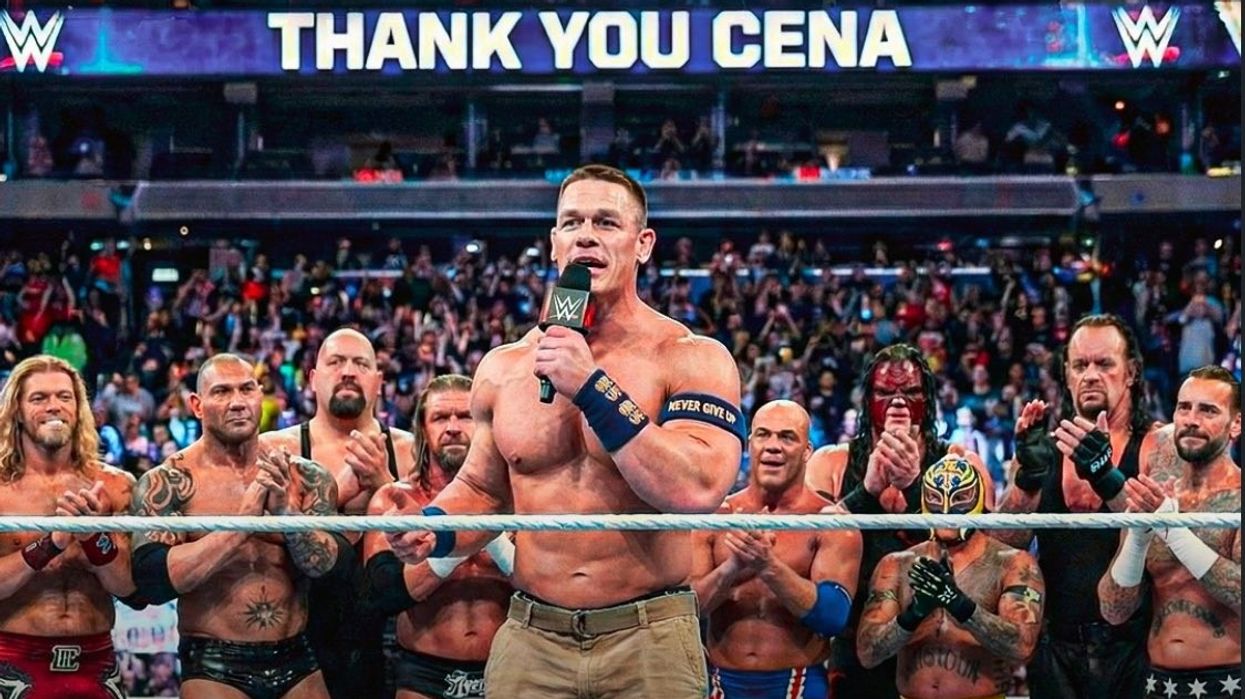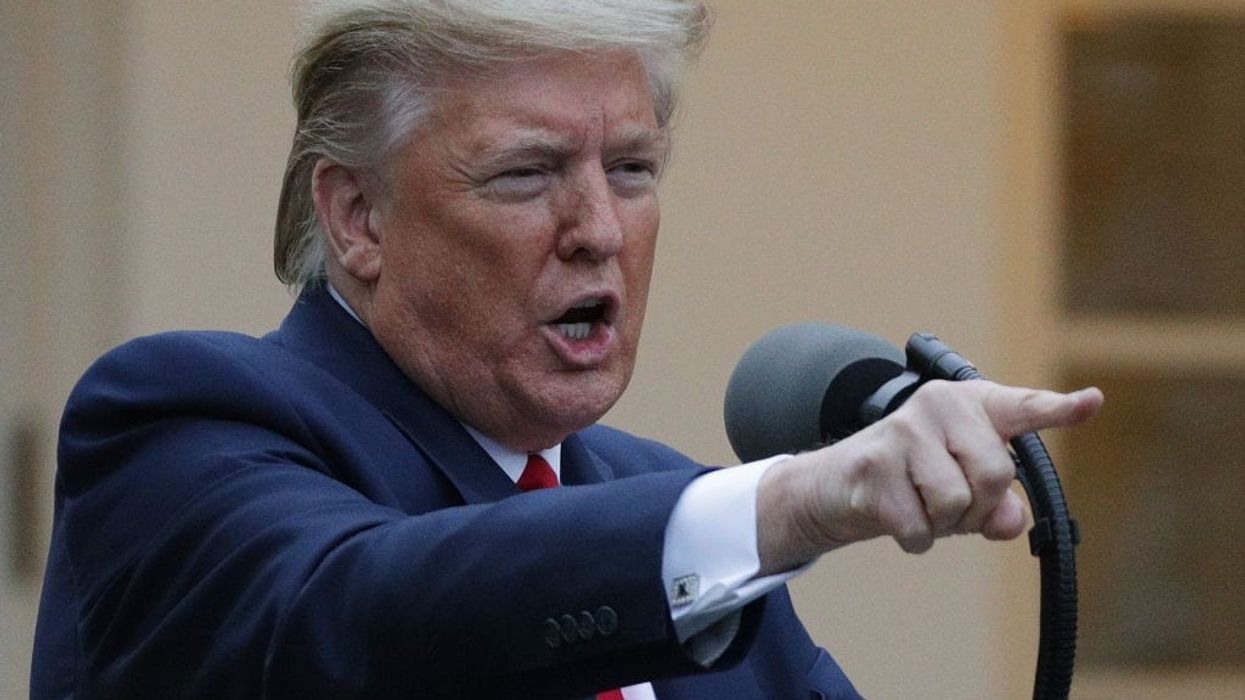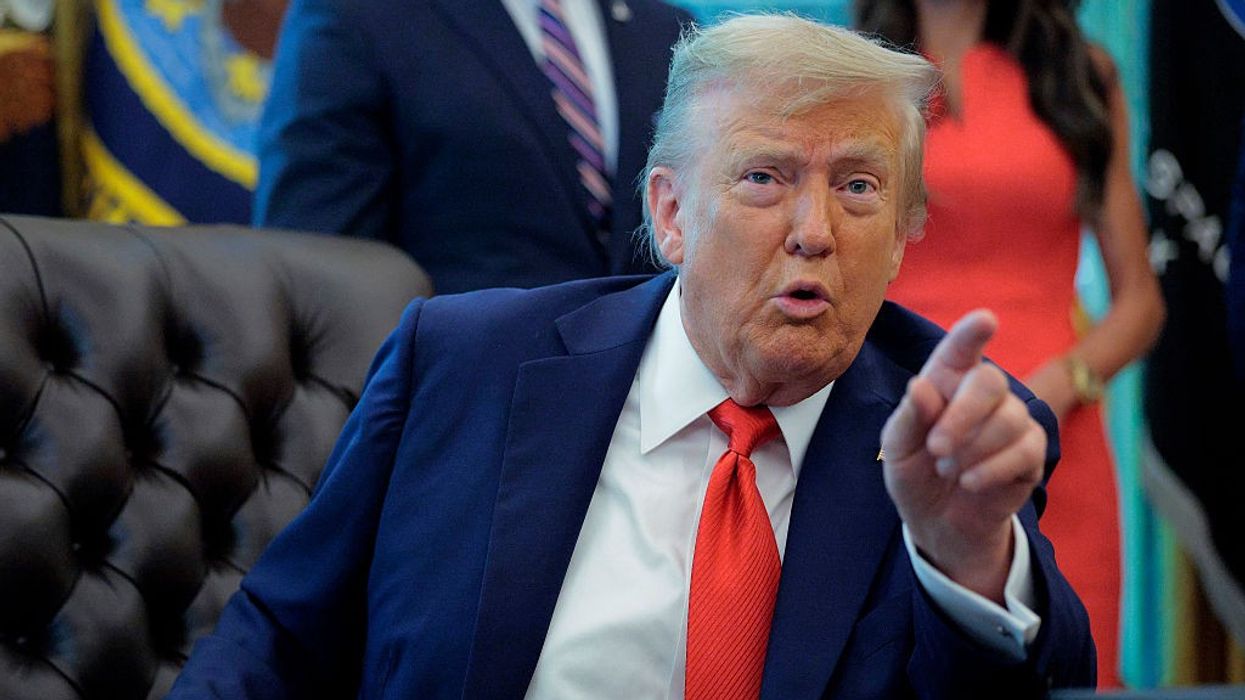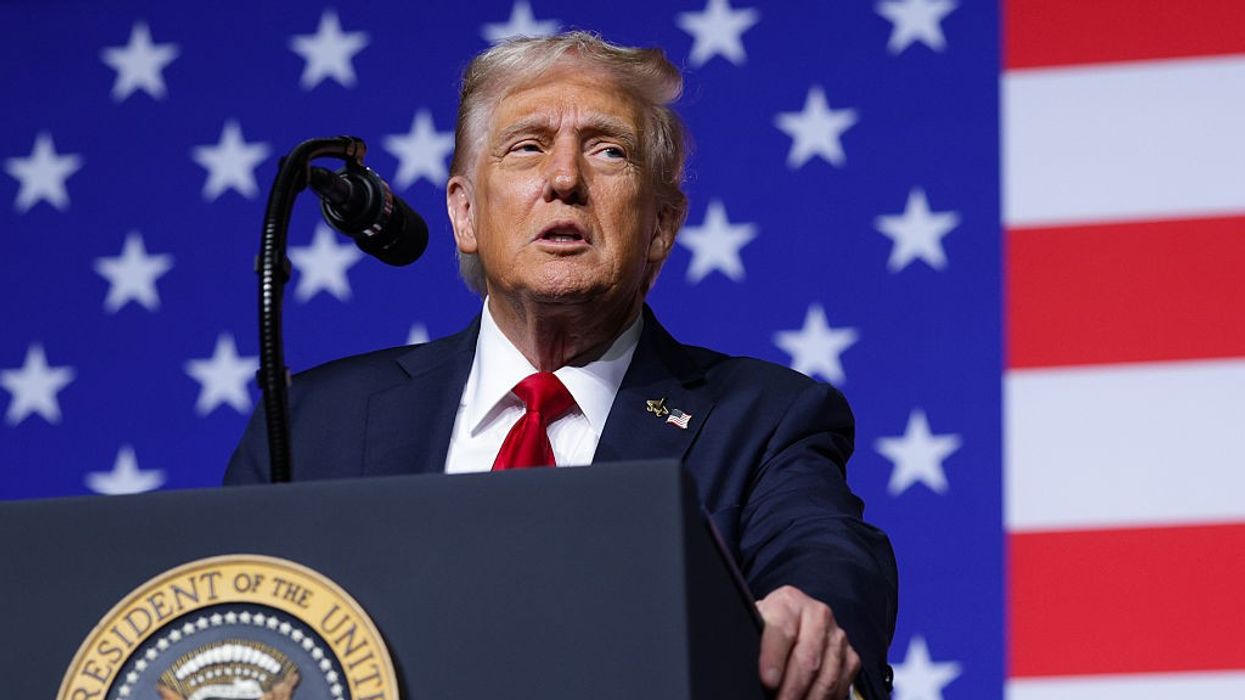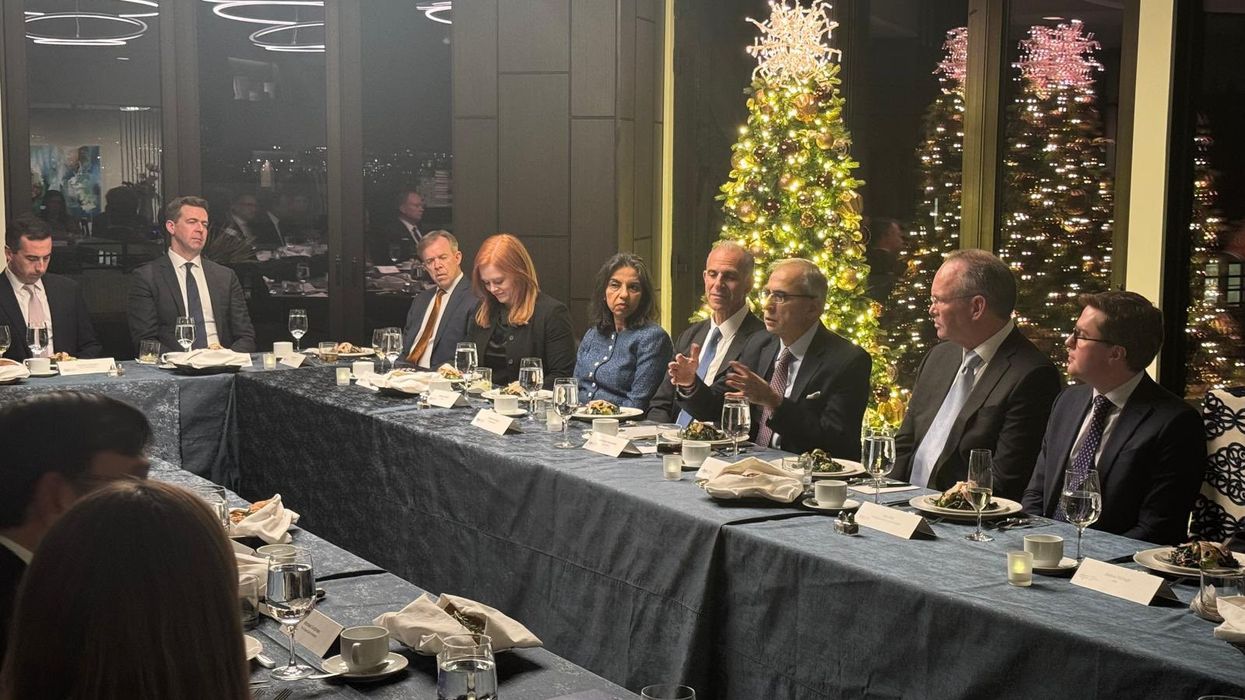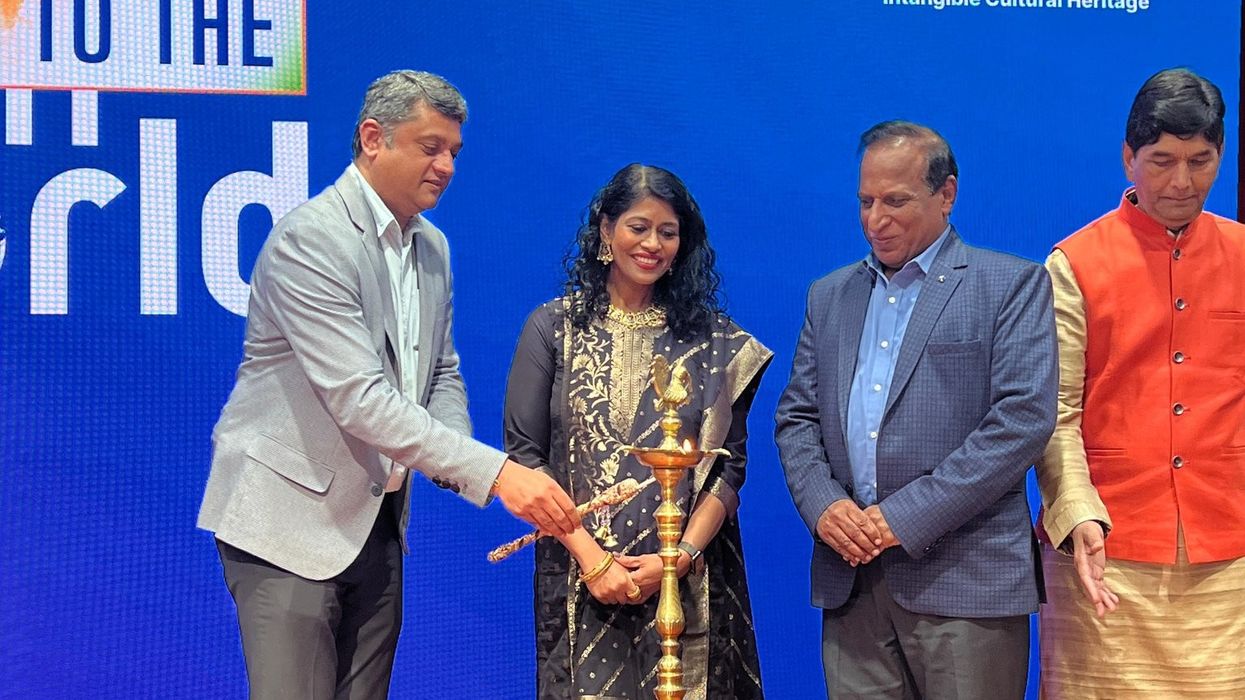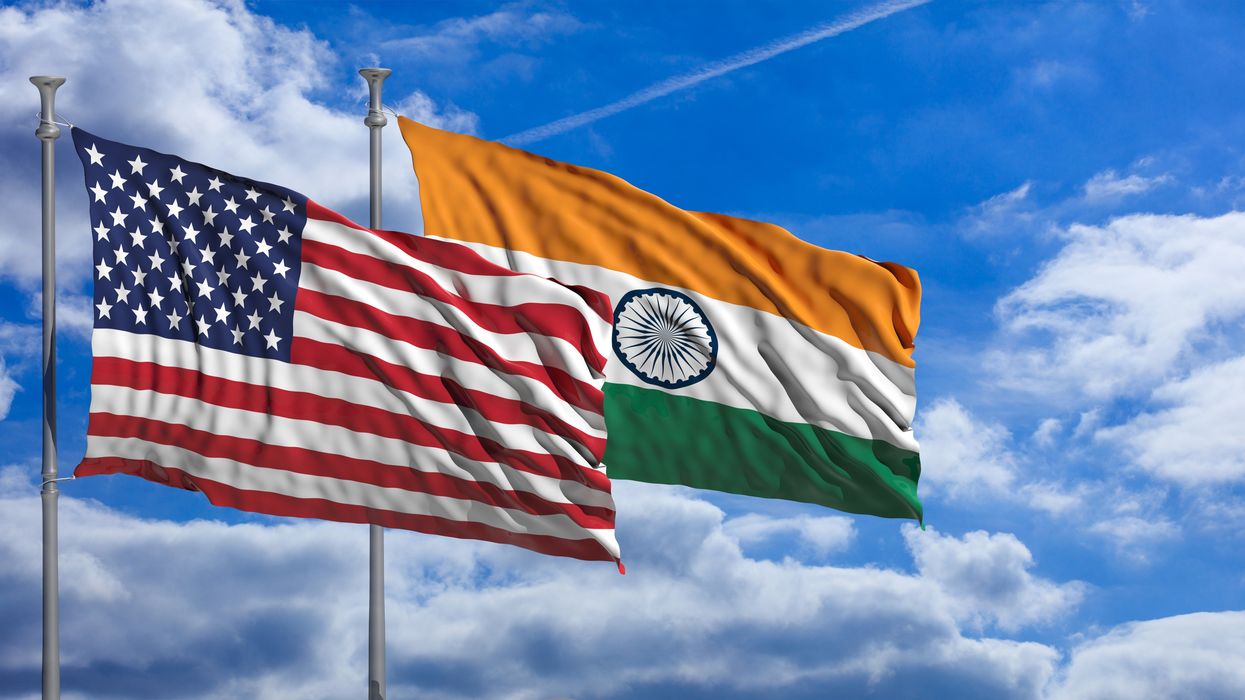Nepal is witnessing an extraordinary wave of unrest driven predominantly by Gen Z youth, shaking the foundations of the country’s political elite. What began as outrage over a sweeping social media ban quickly erupted into one of Nepal’s most violent political crises in decades, resulting in the deaths of at least 19 people, widespread arson, and the targeting of prominent political leaders and their families.
Brutal attacks on political leaders and their families
The turmoil reached new heights as protesters in Kathmandu assaulted five-time Prime Minister Sher Bahadur Deuba and his wife, as well as harassed several senior political figures. Deuba, also leader of the country’s largest party, was captured in videos bleeding and needing rescue from army personnel. Former Prime Minister Jhala Nath Khanal’s wife, Rajyalaxmi Chitrakar, tragically died after their house was set on fire by demonstrators. Other high-profile leaders, including finance minister Bishnu Prasad Paudel, were chased and attacked as mobs torched government buildings and politicians’ residences in a display of anger rarely seen in Nepal’s recent history.
Deadly clashes and crackdown
The protests, centered in Kathmandu but rapidly spreading to other cities, saw thousands of youth break through police barricades, storm the parliament complex, and confront riot police with stones and flaming objects. Police responded with live ammunition, tear gas, and rubber bullets, resulting in heavy casualties among demonstrators, security personnel, and even journalists. By the end of Monday, at least 19 were dead and more than 300 injured, with hospitals instructed to offer free treatment to those hurt in the unrest. The Nepal Army and police imposed curfews across multiple districts, urging a return to order, while top military and security chiefs issued appeals for restraint and dialogue.
A protest fueled by social inequality and ‘nepo kids’
Although the immediate spark was the government’s ban on 26 social media platforms—including Facebook, Instagram, X, and YouTube—underlying grievances run deeper. Nepalese youth, faces with approximately 20% unemployment, have voiced anger at rampant political corruption, nepotism, and the luxury lifestyles of “nepo kids”—children of politicians who flaunt immense privilege on social media. Critics argue that such displays are particularly galling in a country where most struggle to find stable employment and thousands leave annually in search of work abroad.
Escalation despite lifting ban and calls for peace
Despite the government lifting the unpopular social media ban, protests escalated in response to the deadly police crackdown and continued political dysfunction. Prime Minister KP Sharma Oli resigned amid the turmoil, but the violence persisted. President Ram Chandra Paudel, now under military protection, called for peaceful dialogue as his own authority seemed in question.
With army and law enforcement struggling to contain the unrest, Gen Z protesters continue to demand accountability, transparency, and an end to corruption and political privilege in Nepal—a signal that the movement’s roots run far deeper than digital censorship alone.
